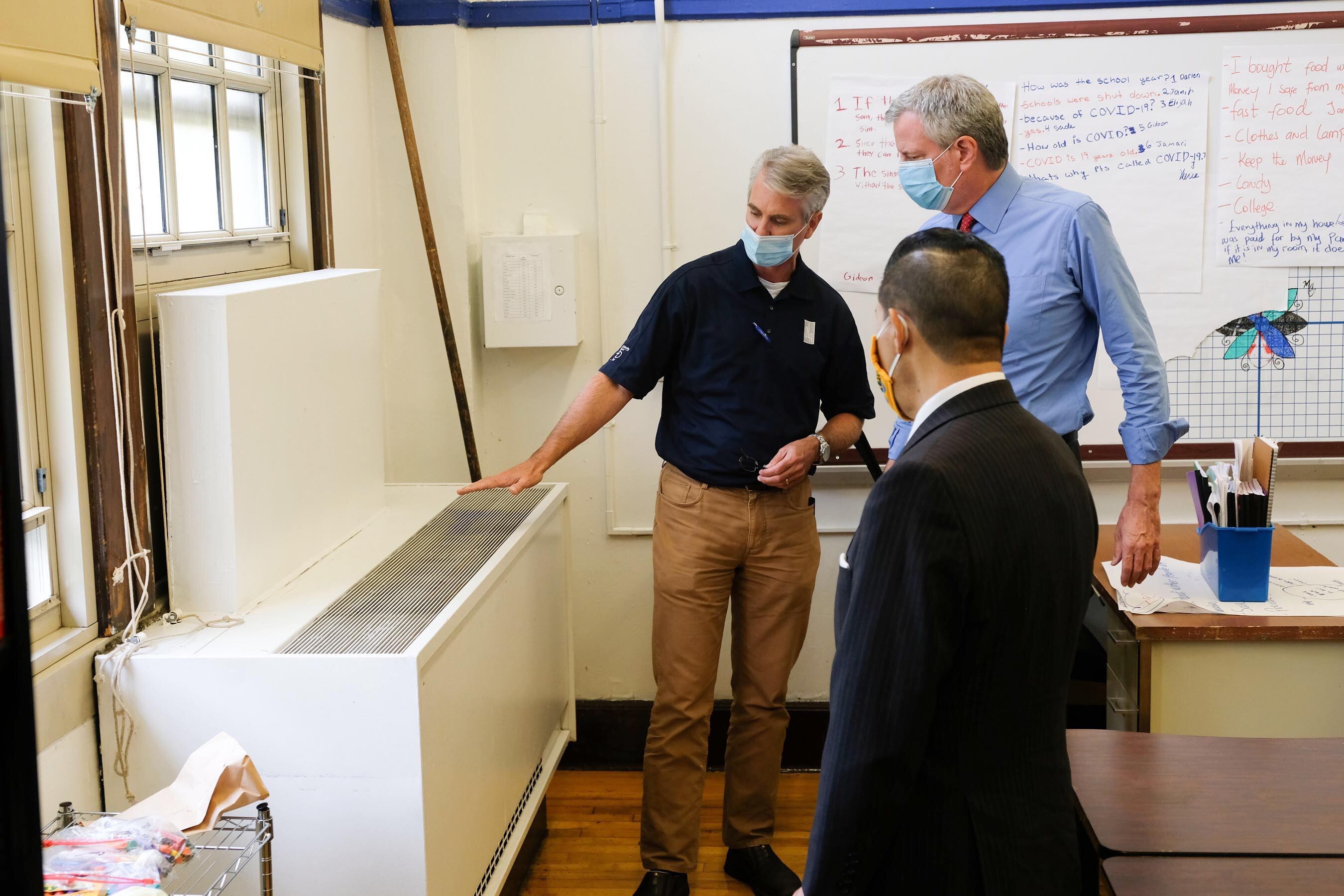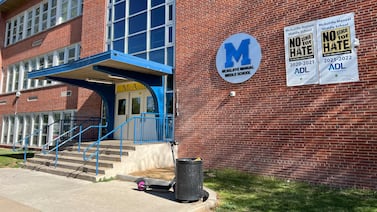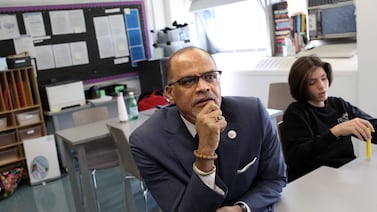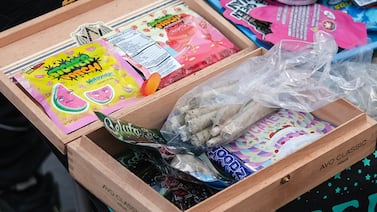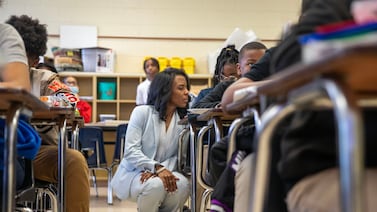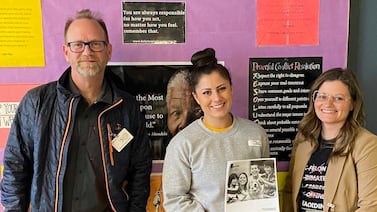Yes, New York City is testing airflow in classrooms using toilet paper clipped to the end of what looks like a yardstick — just as pictures posted Wednesday on Twitter revealed.
And yes, this low-tech method is one way the U.S. Centers for Disease Prevention and Control recommends checking ventilation systems — just as Mayor Bill de Blasio asserted during a press conference hours after the photos sparked outrage among teachers.
The real question, as the first day of school approaches, is what other steps the city is taking to ensure classrooms have proper airflow and filtration, experts say.
Apart from the tissue test, “You need to know: How does that fit into the overall assessment plan?” said William P. Bahnfleth, a professor and the chair of the Epidemic Task Force at The American Society of Heating, Refrigerating and Air-Conditioning Engineers, which has issued ventilation guidance for schools that the CDC has adopted.
But the education department hasn’t provided details about its air testing protocol, despite repeated inquiries from Chalkbeat and public assurances of transparency from the mayor.
So when images were posted to Twitter of inspectors hoisting long rods tipped with squares of tissue up to the vents in a New York City school, educators headed back to their classrooms were concerned. “This is a comedy sketch, right?” one teacher responded on Twitter.
With growing evidence that the coronavirus lingers in the air, ventilation systems that bring in fresh air and push out stale air are seen as critical to curbing the virus’s spread. The education department is racing to inspect and repair existing systems, unbolt windows that have long been shuttered, and to place 10,000 portable air filtration units in nurses offices and poorly ventilated spaces.
“We’re going to hold a high standard,” said de Blasio, who announced this week that engineers would inspect every classroom to determine if it’s safe to use.
The CDC does say that tissue paper or even ping pong balls can be used to conduct a “visual, qualitative” test of certain ventilation issues, such as air flow direction. But it shouldn’t be the only tool used to measure whether a system is running properly, Bahnfleth said.
“All it tells you is air is coming out,” he said. “But it doesn’t tell you the things you really need to know.”
What you need to know, experts say, is that stale air is being pulled out, often through an exhaust fan, and fresh air is flowing in, possibly through open windows or supply fans.
The same CDC guidance that green lights the tissue paper method also notes that “the use of hand-held, calibrated equipment that can provide a numerical reading on a daily basis is preferred.” Bahnfleth said, for instance, an engineer can hold up tool called a balometer that measures the amount of air coming out.
The education department has said that custodians will be armed with carbon dioxide readers, which can help measure air quality in an occupied room. But it’s unclear how the city is verifying that clean air is circulating before students and teachers are back in their buildings.
Officials have repeatedly said that any classrooms or even entire buildings that are not up to par will not reopen. But the education department refused to answer questions about who will make the final determination if a building is safe, or how many spaces have already been deemed unsuitable.
Some information may come to light by Sept. 4, the deadline by which Schools Chancellor Richard Carranza said the city will post score cards that track the work completed at each school.
Until then, educators say they have been given few assurances. Which is why the photos of the inspections currently taking place sparked so much concern, said City Councilman Mark Treyger, who shared the images on his social media account. Treyger, the head of the Council’s education committee, said that more transparency about what to expect from the process could have helped smooth over worries before they cropped up.
“At minimum — at minimum — pick up a phone, call a principal, give them some sense of what this is about. Throughout this process they have been in the dark,” Treyger said.


